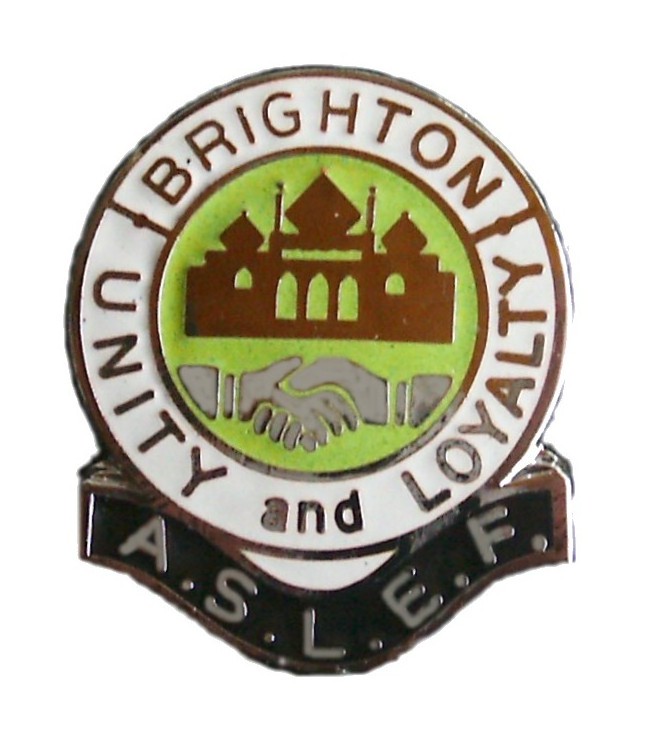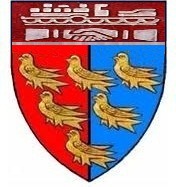THREE BRIDGES STATION
13TH DECEMBER 1868
INOLVING ENGINEMEN DRIVER PHILCOX & HIS FIREMAN
extracted adapted from the report by W. Yolland Colonel
This accident occurred on the 13th December 1868 at Three Bridges Station, from the explosion of naphtha in a truck of a
goods train, from the effects of which accident two of the Company’s servants, Guards F. French and J, Harris subsequently
died.
About 1.50 a.m. on Sunday the 13th ultimo, the Brighton goods train, with 34 wagons on, arrived at Three Bridges station from
Norwood Junction and Bricklayers Arms station, having trucks for various stains, and among these trucks an iron box (closed)
truck, labelled, “Newhaven.” That truck was placed in the back siding off the down main line, some distance south of the
passenger station; it is said with ten or twelve other wagons.
About 2.30 a.m. the driver of the 4.5 a.m. goods train, from Three Bridges to Tunbridge Wells, commenced making up his train,
and he went about 3 o’clock into the aforesaid back siding, to bring out three trucks which were to form a portion of his train.
He was assisted by two guards, French and Harris, and, according to a statement made by the latter, before he died, it appears
that while the other guard was coupling some trucks in the siding, he (Harris,) heard a leakage, and he went to the iron box
truck, which stood north of the three about to be taken out of the siding by the driver of the Tunbridge Wells train, with his
lighted lamp in his hand, and he got into the truck to see what the leakage was, and directly he got into the truck there was an
explosion which rendered him insensible,and when he came to he found he was in flame. The driver of the engine of the
Tunbridge Wells train, Philcox, into whose arms Harris subsequently ran, states that Harris was on fire from the top of his shoes
to the lower part of his body, and he pulled of his own coat, and threw it about the lower part of Harris’ clothes, thinking to stop
the flames. harris fell down on the ground, and the driver then pulled his trousers down to his shoes, but the clothes continued to
burn, and he called to the fireman to bring some water, which he did, and some little water was thrown on Harris, but the driver
desisted as it caused steam, and them he pulled of the remainder of the clothes, burning his own hands in the act of doing so,
and he gave his coat to Harris, who wrapped it round his waist and then he walked back to the station.
In the meantime, Colwell, a shunter in the yard who was about 50 yards from the truck when the explosion took place saw
Harris go to the truck but did not know what he went for, or whether he got into the truck; and after the explosion, which
produced a very dull sound, he observed French, who appeared to be in the midst of the flames, and on fire from head to foot,
between the truck and some wagons standing on the next or middle siding. He ran to French and endeavoured to put out the fire
with his coat, but being unable to do so he then pulled of his clothes, sand got all off except his trousers, stockings and boots.
The trousers were on fire. French had two waist coats on, the inner one was not on fire.
The two men, French and Harris, were forthwith taken in a truck to Brighton station by the driver of and engine of the
Tunbridge Wells goods’ train, and thence conveyed to the County hospital. French died the same evening, and Harris about
week afterwards.
The truck at which the explosion occurred was one of 19 which had been attached to the Bricklayer Arms train at Norwood
Junction. It had been received from the London and North Western Railway Company at Lillie Bridge goods’ yard near
Kensington station,where the interchange of traffic takes place between the L.N.W.R. and the L.B.&S.C.R.Companies. it had
been forwarded from Liverpool, and it was intended for Dieppe, via Newhaven, and if nothing had happened at Three Bridges
station, would have been sent forward to Newhaven by the seconded train from Three Bridges station at 4.45 that morning.
It contained nine casks of “naphtha” as described in the waybill, which was sent by Messrs. Thacker and Co., addressed to
A.D. Bosson, Dieppe. The consignment note addressed to A.D. Bosson describes the article as “refined naphtha of British
manufacture. Immediately after the explosion the naphtha began to burn furiously, entirely destroyed the wood work of the truck
in which it was being carried, set fire to a wagon laden with coals, burnt a truck of hay, and partly burnt a truck of goods.
It was stated, accordingly to the accounts in the public papers, by Mr. Hawkins, the General Manager of the L.B.&S.C.R., and
by Mr. Kay, the district goods manager of the L.N.W.R., at the coroner’s inquest which was held on the body of F. French at
Brighton, that as “refined naphtha” was not classified as a dangerous article in the Clearing House Regulations this truck
would have been transferred from the charge of the L.N.W.R. at Lillie Bridge without any special arrangement being made for
its transit, and without any special intimation being previously sent to the Brighton Railway Company. On referring to Clearing
House “Regulations for the conveyance of HIGHLY COMBUSTIBLE, CORROSIVE, AND INFLAMMABLE ARTICLES,” I find
that there are distant regulations as regards gunpowder, gun cotton, cartridges, and percussion caps, lucifer matches, safety
fuzes, fuses and fog signals, oily wast and oily rags; and that, as regarding bleaching liquids, fluoric acid, muriatic acid or
spirits of salts, naphtha, oil of vitriol or sulphuric acid in carboys, though following safety fuzes, &c. under the same general
heading, there are no special regulations beyond a stipulation that they are to be forwarded in quantities of not less than two
tons, and specifying the rates to be charged, &c.


